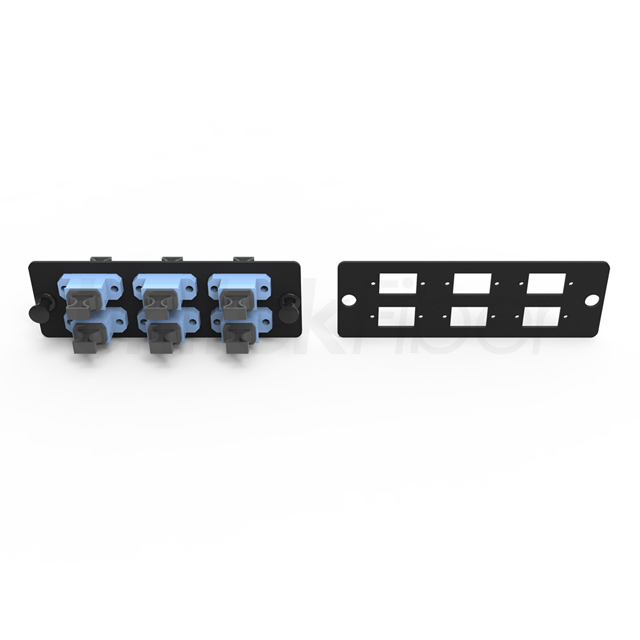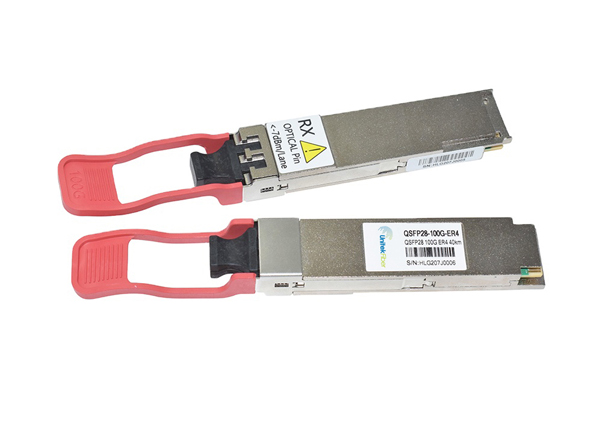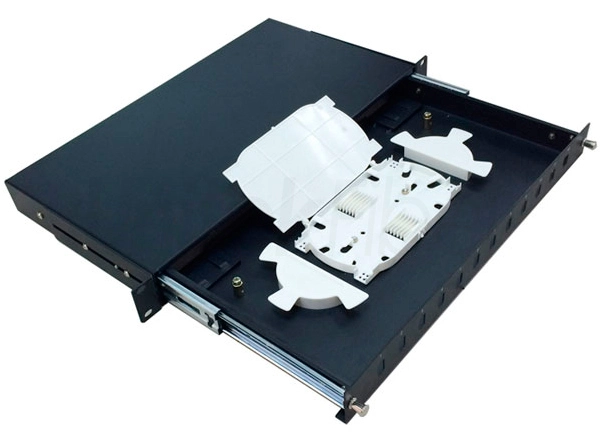
Optical fiber, with excellent optical signal transmission performance, has long occupied an important position in the field of long distance and large capacity communications; and photoelectric hybrid fiber cable, as a rising star, has both optical signal and power transmission functions. With the change of roles between them, can photoelectric hybrid cable replace optical fiber?
Singlemode fiber is the king of optical signal transmission. In long distance scenarios like backbone networks and submarine cables, fiber leverages the principle of total internal reflection from its tiny core to achieve extremely low loss transmission. Uninterrupted distances reach over 100 kilometers, and singlemode fiber is widely used for international data exchange.
Although optical fiber used in hybrid wire lacks the transmission distance and bandwidth of singlemode fiber, fiber copper hybrid cable is well suited for near field and regional network scenarios. For example, within smart buildings, it can ensure stable network operation over distances of tens to hundreds of meters, meeting the needs of office data exchange. Hybrid fiber power cable’s attenuation is manageable, and bit error rate is low, ensuring accurate information delivery.

Optical fiber's primary function is to transmit optical signals. However, if power is required for equipment, additional power cables must be laid. For example, in the construction of 5G base stations, base station equipment and sensor terminals must receive optical signals for network communication while also requiring stable power to ensure operation. Separate cabling not only consumes significant manpower, material resources, and time, but the proliferation of cables in confined spaces also increases heat dissipation, maintenance difficulties, and the risk of failure. Hybrid fiber power cable demonstrate unique value in this regard, cleverly combining optical fiber with power conductors to solve the challenges of data and power transmission.
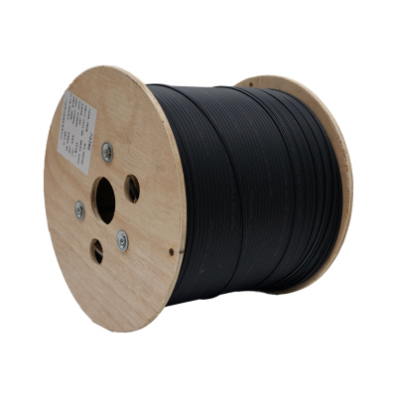
From a purely optical fiber procurement perspective, conventional optical fiber offers a cost advantage due to large scale production and long distance, high volume deployment. However, factoring in the costs of supporting power cables, construction labor, auxiliary materials such as cable ducts, and the hidden costs of troubleshooting both optical communication and power lines during subsequent maintenance, the overall cost is significant.
While the unit price of optical fiber composite cable may be slightly higher than that of conventional optical fiber, hybrid wire reduces the amount of cable laid, allows for a single installation, significantly reduces labor costs, and significantly shortens construction time, resulting in increased time value. In long term maintenance, integrated lines facilitate fault location, reduce the risk of equipment power outages, and keep overall maintenance costs manageable. Considering the entire project lifecycle, the comprehensive economic benefits are gradually becoming apparent.
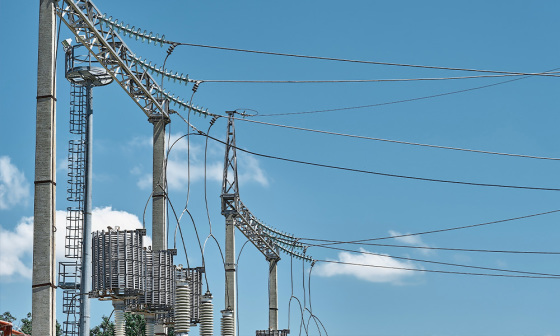
In general, hybrid fiber cable and optical fiber are not simply substitutes, but rather complementary and symbiotic under different transmission distances, functional requirements and cost considerations.
UnitekFiber, a fiber optic product manufacturer with many years of experience, offers unique advantages in fiber optic cables, patch cords, and more. With UnitekFiber, you no longer have to deal with multiple suppliers, making it a truly one-stop shopping experience. If you have any questions, please feel free to contact our team.

